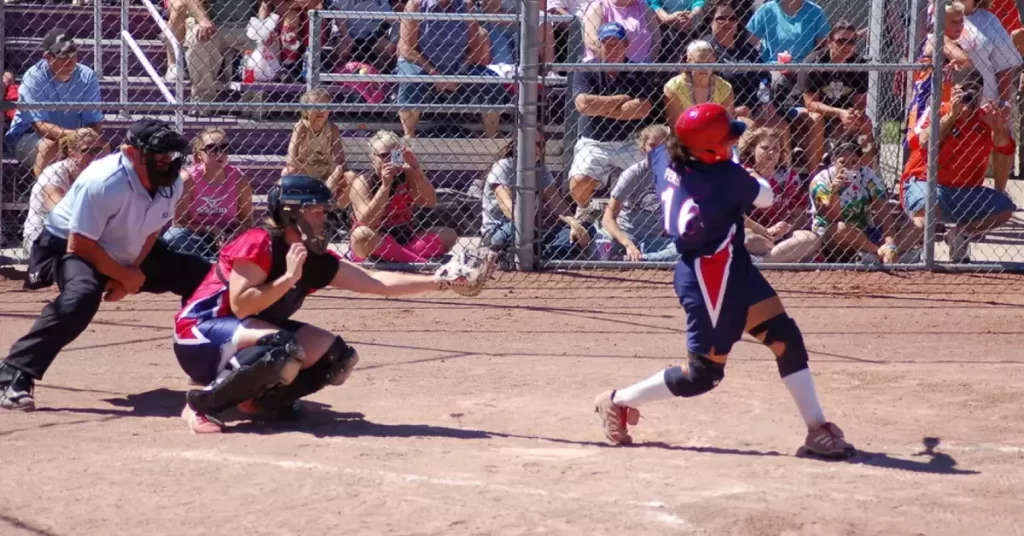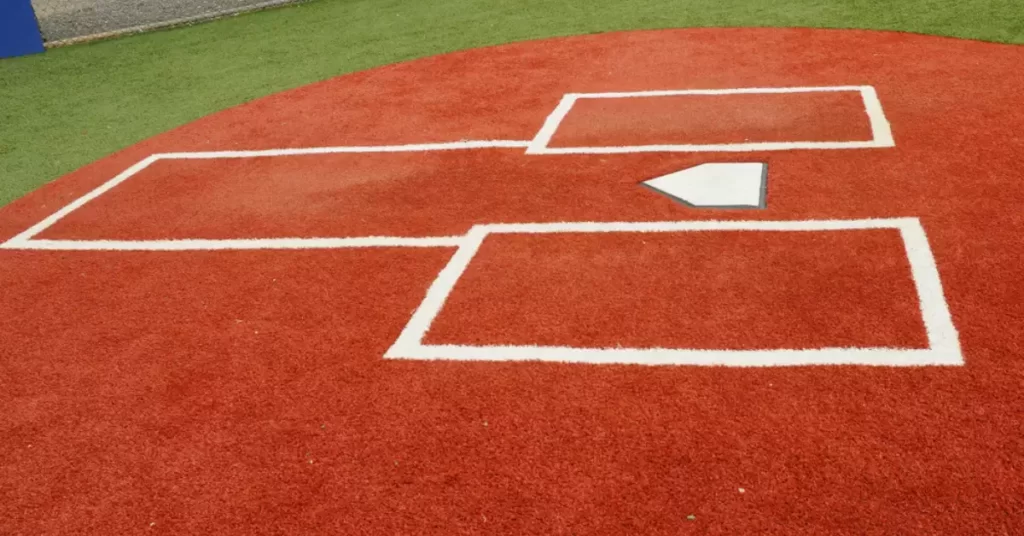The world of softball boasts some incredible feats of athleticism. Among these, the speed of a pitcher’s throw often takes center stage. Enthusiasts and players alike marvel at the fastest pitches, as they showcase both talent and power.
The fastest softball pitch ever recorded was thrown by Monica Abbott at a staggering 77 miles per hour (mph). This exceptional accomplishment puts her in a league of her own, as few can match such speed and precision.
Prepare to be amazed as we delve deeper into the story of this remarkable pitch, exploring the factors that contributed to its velocity and the impact it had on the sport. Unearth the secrets behind Monica Abbott’s achievement and learn how this record-breaking feat came to be.
The History of Softball Pitching
Early Beginnings
Softball originated in the late 19th century as an indoor variant of baseball. The sport gradually evolved, with the pitching style transforming from underhand to windmill pitching. Windmill pitching, which involves a full 360-degree arm rotation, is now the standard in fastpitch softball.
The Evolution Of Pitching Techniques
Over the years, softball pitchers have continuously refined their techniques, incorporating elements such as speed, spin, and deception to gain an edge over their opponents.
With advancements in sports science and training methodologies, pitchers have been able to reach astounding speeds and set new records.

Who Is the Fastest Softball Pitcher?
Monica Abbott
The Guinness World Records currently recognizes Monica Abbott, a phenomenal American softball pitcher, as the titleholder for the fastest softball pitch.
On June 16, 2012, Monica Abbott clocked a mind-boggling speed of 77 mph (124 km/h) during a National Pro Fastpitch (NPF) game in the United States.
Monica’s extraordinary feat has set a benchmark in the world of softball and has undoubtedly inspired many aspiring players.
Jennie Finch
Before Monica Abbott, Jennie Finch held the title of the fastest softball pitcher. An Olympic gold medalist, Finch was renowned for her lethal combination of speed and deception. At the peak of her career, Finch’s pitches reached speeds of up to 71 mph (114.3 kph).
Cat Osterman
A legendary pitcher in her own right, Cat Osterman has been known to throw at speeds reaching 70 mph (113 km/h). Her rise ball and drop ball pitches have been especially effective, making her one of the most dominant pitchers in the sport.
Factors that Contribute to Pitching Speed
Physical Attributes
A pitcher’s physical attributes, such as height, arm length, and overall strength, play a significant role in determining their pitching speed. Taller pitchers with longer arms can generate more force, translating to higher pitch velocities.
Technique and Mechanics
Proper pitching mechanics are crucial for achieving maximum speed. A smooth and efficient wind-up, stride, release, and follow-through can greatly improve a pitcher’s velocity. Good body positioning and coordination also contribute to increased pitch speed.
Equipment
The type of ball and gloves used in a game can also affect pitching speed. High-quality balls with the right amount of compression and a well-fitting glove can help a pitcher throw more effectively and with greater velocity.

The Role of the Fastest Pitch in Softball
The fastest pitch can be a game-changer in softball. A high-speed pitch is difficult to hit, giving the pitcher an edge over the batter. It also puts pressure on the opposing team, as they struggle to make contact with the ball and score runs.
Consequently, pitchers who can consistently throw fast pitches are highly sought after and can significantly impact the outcome of games.
How to Increase Pitching Speed
Strength Training
Building overall body strength, with a focus on the legs, core, and shoulder muscles, is essential for improving pitching speed. Incorporating exercises such as squats, lunges, push-ups, and shoulder presses into a training regimen can help enhance a pitcher’s power and velocity.
Flexibility and Mobility
Developing flexibility and mobility in the hips, shoulders, and wrists can improve a pitcher’s range of motion and allow for more efficient energy transfer during the pitching motion.
Stretching exercises, yoga, and dynamic warm-ups are excellent ways to increase flexibility and mobility.
Perfecting Pitching Mechanics
Working on pitching mechanics, such as the wind-up, stride, release, and follow-through, is vital for optimizing speed. Pitchers should focus on maintaining balance, body positioning, and coordination throughout the pitching motion.
Video analysis and guidance from experienced coaches can be invaluable in refining mechanics.
The Impact of the Fastest Pitch on Softball Strategy
The presence of a pitcher with exceptional speed can influence a team’s overall strategy. Coaches may adjust their defensive alignment or use specific pitch sequences to exploit the pitcher’s velocity advantage.
Additionally, the opposing team may alter their offensive approach, such as bunting or attempting to draw walks, to counter the high-speed pitching.
The Future of Softball Pitching Speed
As athletes continue to push the boundaries of physical capabilities and sports science advances, it is likely that we will see even faster pitches in the future.
Enhanced training methods, improved understanding of pitching mechanics, and innovations in equipment design may all contribute to the evolution of softball pitching speed.
Comparing Softball to Baseball Pitching Speed
While softball pitching speeds can be impressive, they generally fall short of the velocities seen in baseball. The fastest recorded baseball pitch is 105.1 mph (169.1 km/h), set by Aroldis Chapman in 2010.
The difference in pitch speed between the two sports can be attributed to factors such as the pitching distance, ball size, and pitching mechanics.
FAQs
How Does The Windmill Motion Contribute To Increased Pitch Speed?
The windmill motion allows pitchers to generate exceptional arm speed, resulting in faster pitch velocities. This technique involves a full 360-degree arm rotation and optimal utilization of the hips and legs to transfer power.
How does a pitcher’s physical attributes affect their pitching speed?
Physical attributes such as height, arm length, and overall strength can impact a pitcher’s velocity. Taller pitchers with longer arms can generate more force, leading to higher pitch speeds.
What are some ways to increase pitching speed in softball?
Some methods for increasing pitching speed include strength training, enhancing flexibility and mobility, and perfecting pitching mechanics.
Final Verdict
The thrilling record set by Monica Abbott exemplifies the potential of human performance in the world of softball. Her incredible 77 mph pitch has inspired countless aspiring athletes to push the boundaries of their abilities and strive for greatness.
In the end, this record stands as a testament to the power of dedication, skill, and hard work. May the story of the fastest softball pitch ever continue to inspire generations of players, coaches, and fans, fueling the passion and determination that drive this captivating sport.

